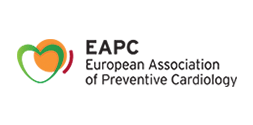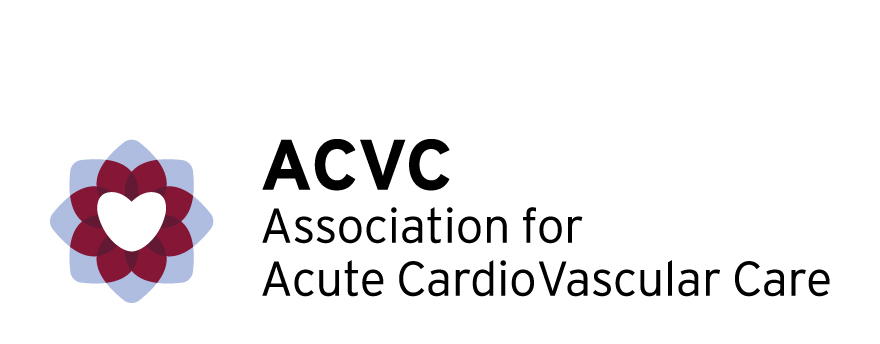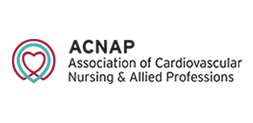Curious to know what cholesterol is?
Cholesterol is used by your body to build and maintain healthy cells, but high levels of cholesterol can increase your risk of heart disease.
What is cholesterol?
Cholesterol is a waxy, fatty substance in the blood. Some cholesterol is produced by the body, mostly in the liver, and the remainder comes from eating animal products such as red meat, cheese, butter and eggs. Cholesterol is the main component of cell membranes (the outer barrier of cells) and the raw material for many hormones and vitamins. As such, cholesterol is necessary for life and health. As a fatty material, cholesterol doesn’t mix well with water. That means it cannot float freely in the blood and needs to be packaged into certain proteins. These proteins are called lipoproteins, the most familiar being low-density lipoprotein (LDL) and high-density lipoprotein (HDL).
LDL-cholesterol
LDL is a vital lipoprotein responsible for cholesterol transport within the blood through the body. However, most people have levels of LDL that are too high, which likely accumulate within the vessels’ walls where it is trapped and modified: this represents the beginning of the formation of a so-called “atherosclerotic plaque”. Those plaques may grow in any vessel of your body, including the heart, the legs and the brain. The more cholesterol being trapped within the plaque, the more it grows. When it gets big enough to partly block blood flow in your heart vessels, it can cause symptoms like “angina” (chest discomfort) during exercise. An entirely blocked artery supplying the blood to the heart leads to a heart attack, the first cause of death within the western world.
Very high LDL-cholesterol levels (> 190 mg/dL; > 5mmol/L) should lead to a further diagnosis, as familial hypercholesterolemia may be present (see below). Lifestyle changes can decrease your LDL by about 10-15%. If that is not sufficient to reach the target values, medication such as statins, ezetimibe or PCSK9 inhibitors may be added (see the chapter on medication).
HDL-cholesterol
Usually named the “good cholesterol”, as high HDL-levels were linked with less heart and vessel disease, this view has been changed over the last years. HDL-numbers alone doesn’t tell us anything about the quality of the HDL, which is not measured by a common lab test. Also, medication raising HDL-levels did not lead to less heart disease in studies. Therefore, HDL-levels should not be used to analyze your risk, including so-called “ratios” which suggest that high HDL may balance high LDL-levels.
Lipoprotein(a) (Lp(a))
Lp(a) is another lipoprotein, which is currently still not widely known and measured, although it is a strong risk factor for heart disease. You will find your Lp(a) levels given as mg/dL (desirable level < 30mg/dL) or nmol/L (desirable level < 75 nmol/L). Your Lp(a) value is set by your genes and doesn’t change a lot throughout your lifetime. Therefore it is usually enough to measure it only once in your life. There are not many therapies available at the moment to lower Lp(a) levels; they include: 1) PCSK-9 inhibitors: antibodies to lower LDL-cholesterol that also reduce Lp(a) levels by approximately 30%; 2) apheresis: a form of dialysis removing Lp(a) from your body. Therapies may be needed if you continue to have heart events such as heart attacks, stent placements or bypass surgery despite a low LDL-cholesterol level. Treatment options should be evaluated in specialized lipid clinics.
Triglycerides
Triglycerides are the most common form of lipids in your body mainly used for lipid storage. High levels of triglycerides have been linked to heart disease and lifestyle factors including diabetes, overweight and obesity, alcohol consumption as well as a sedentary lifestyle. Its levels provide additional information regarding your risk. Therapies focus on lifestyle changes including diabetes control, sports, reduction of alcohol intake and optimization of food intake including a diet rich in omega-3 fatty acids. Triglyceride reducing medications include fibrates. They may be necessary if you have severe heart disease, low LDL-levels and elevated triglycerides after lifestyle changes.
Familial Hypercholesterolemia (FH)
What is FH?
Familial Hypercholesterolemia (FH) is one of the most common genetic diseases characterized by very high cholesterol levels, especially LDL-cholesterol, leading to severe heart disease in young people. A gene defect in one of the proteins involved in LDL-uptake into the liver causes very high LDL-levels in your blood.
Today we know that FH is more common than we thought before, it affects approximately 1 in 200 to 1 in 300 individuals. FH is a so-called “autosomal dominant disorder”, meaning that the disease will be present even with only one affected gene. Children from one affected parent have a 50% chance of inheriting the gene and the disease.
Affected people have very high LDL-cholesterol levels between 190mg/dL (5 mmol/L) and 400 mg/dL (10 mmol/L) and are suffering from heart disease, heart attacks and strokes in young age. People with FH typically develop heart disease already in their forties due to their high LDL-cholesterol levels throughout life. As a genetic disease, FH “runs in the family”, meaning that early heart disease (<55 years for men, <60 years for women) in the family and/or family members with LDL-cholesterol of > 190 mg/dL should lead to the suspicion of FH. Other signs may be yellow cholesterol deposits seen in different places such as around the eyelids (xanthelasma), a “yellow-ish” ring around the iris of the eye and/or in the tendons of hands and elbows, and more frequent the Achilles tendon and other tendons of the feet.
Do I have Familial Hypercholesterolemia?
Only a genetic test may prove the presence of FH, however the diagnosis can be made even without genetic testing.
If you have high cholesterol (LDL-C>190 mg/dL equals >5mmol/L) or cholesterol deposits in your skin, eye or tendons, if high LDL-cholesterol (LDL-C>190 mg/dL equals >5mmol/L) runs in your family and if you or one of your family members experienced a heart attack, a stroke, a bypass surgery or placement of coronary stents before the age of 55-60, you should consult a cardiology specialist focused on lipid treatment, an endocrinologist or the lipid outpatients clinic at your hospital.
Treatment
Once Familial Hypercholesterolemia has been diagnosed in a family member through a genetic test, all family members should be informed and being tested. Having inherited the FH gene makes a person at high risk for heart disease, therefore lifestyle change and lipid-lowering medication should be started immediately, even in young age! When found and treated early, heart disease may be delayed for decades. In FH patients without heart or vessel disease, LDL-cholesterol should be below 70 mg/dL (1.8 mmol / l), in FH patients with heart or vessel disease it should be pushed further down, below 55 mg/dl (1.4 mmol / L).
Lifestyle changes include a heart-healthy diet, regular exercise and no smoking in any form and should be started right away. As lifestyle changes usually reduce LDL-C levels by about 10-15%, additional lipid-lowering therapies (usually statins) will be needed. It cannot be stressed enough that early recognition and treatment is the key to prevent unnecessary and premature heart attacks dramatically affecting the lives of young individuals.



